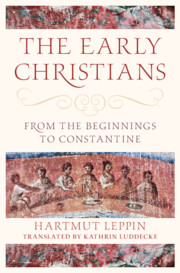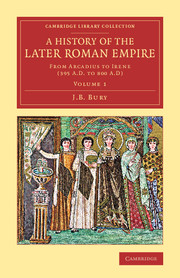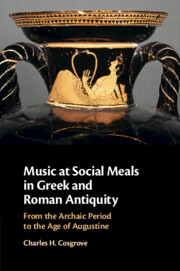The Nero-Antichrist
It has traditionally been assumed that biblical writers considered Nero to be the Antichrist.. This book refutes that view. Beginning by challenging the assumption that literary representations of Nero as tyrant would have been easily recognisable to those in the eastern Roman empire, where most Christian populations were located, Shushma Malik then deconstructs the associations often identified by scholars between Nero and the Antichrist in the New Testament. Instead, she demonstrates that the Nero-Antichrist paradigm was a product of late antiquity. Using now firmly established traits and themes from classical historiography, late-antique Christians used Nero as a means with which to explore and communicate the nature of the Antichrist. This proved successful, and the paradigm was revived in the nineteenth century in the works of philosophers, theologians, and novelists to inform debates about the era's fin-de-siècle anxieties and religious controversies.
- Provides the first detailed assessment of the Nero-Antichrist from the perspective of ancient history
- Traces the history of the Nero-Antichrist using key case studies from late antiquity and the nineteenth century
- Explores Nero's reception history in relation to the Antichrist in homily, exegesis, literature, film, and TV
Product details
February 2024Paperback
9781108798358
244 pages
229 × 152 × 13 mm
0.362kg
Not yet published - available from February 2025
Table of Contents
- 1. Introduction: Neronian Myths
- 2. Nero and the Bible
- 3. The Invention of the Nero-Antichrist
- 4. Reviving the Nero-Antichrist
- 5. Epilogue: The Legacy of Revival
- Appendix A. List of Early-Christian References to the Nero-Antichrist
- Bibliography
- Index.









